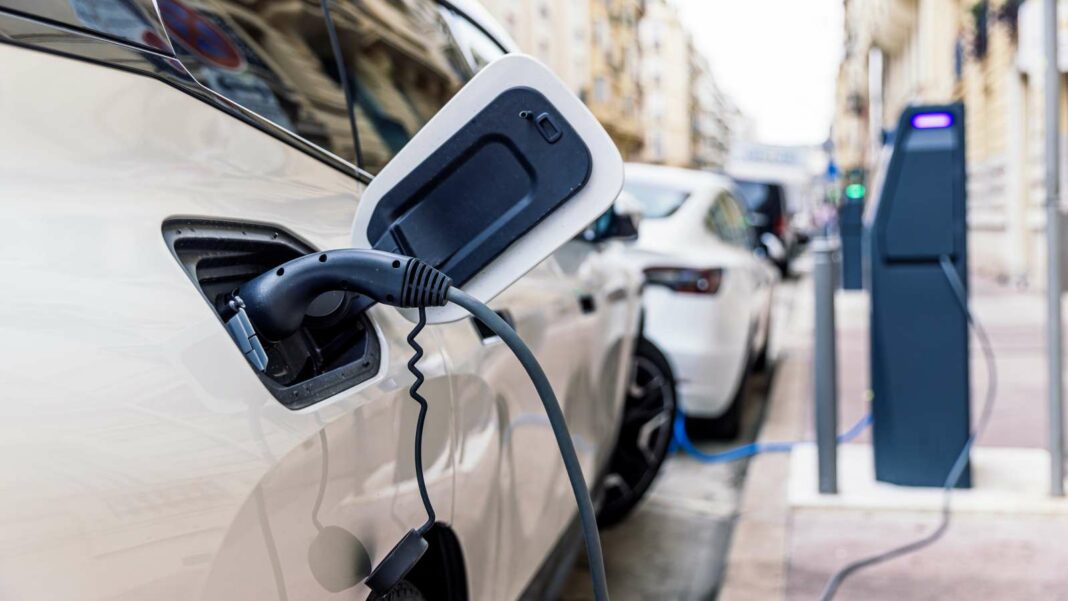Air quality in Germany is improving, with significant progress in electric vehicle registrations and the establishment of environmental zones. Hessen leads in EV registrations per capita, followed by Bavaria and Baden-Württemberg. North Rhine-Westphalia has the most environmental zones, while Saxony boasts the best air quality index. However, regions like Lower Saxony and Saarland face challenges, indicating a need for further measures to enhance air purity and capitalize on the benefits of electric mobility and environmental regulations.
Air Quality Improvement in Germany: Progress and Potential
According to the Clean Air Fund, air quality across the European Union has shown significant improvement over the last twenty years, yet there’s still room for advancement. Germany is actively working toward enhancing its air quality through various initiatives, such as the implementation of 62 environmental zones and a remarkable 45% increase in electric vehicle registrations from 2021 to 2023.
Electric Vehicle Registrations by Federal State
Experts from FINN have meticulously analyzed data to pinpoint the federal states with the highest number of electric vehicles registered in 2023. Their research also delves into the correlation between environmental zones and air quality indices, revealing which state is making the most substantial impact on air quality through electric vehicle adoption and environmental regulations.
Leading the charge in electric vehicle registrations is Hessen, boasting 932 new electric vehicles for every 100,000 residents in 2023. As the fifth largest state by population, Hessen encompasses the Frankfurt-Rhine-Main region, Germany’s second largest metropolitan area.
Bavaria ranks second, with 777 new electric vehicle registrations per 100,000 residents this year. The largest state by area, Bavaria is clearly committed to advancing electric mobility.
In third place, Baden-Württemberg recorded 736 electric vehicle registrations per 100,000 inhabitants, positioning itself as a central hub for sustainable mobility. The state has set ambitious goals, aiming for every second vehicle to run on renewable energy by 2030.
On the other end of the spectrum, Mecklenburg-Vorpommern has the fewest electric vehicle registrations, with only 238 per 100,000 residents in 2023. This can be attributed to its status as the least populated federal state, resulting in lower registration figures.
Saxony-Anhalt comes in second to last with 254 registrations per 100,000 inhabitants, while Saxony ranks third from the bottom with 286. Interestingly, Saxony is a manufacturing hub for electric vehicles, housing the Volkswagen plant in Zwickau and the Transparent Factory in Dresden, which exclusively produces electric cars.
Environmental Zones and Air Quality Indices
North Rhine-Westphalia leads in the establishment of environmental zones, boasting 30 zones across various cities. This state is also the most densely populated in Germany, aside from the city-states.
Baden-Württemberg follows with 13 environmental zones, although four were removed due to improved air quality as of January 2024. Hessen ranks third with six environmental zones, complemented by initiatives from the Hessian State Office for Nature Conservation to tackle air pollution.
When examining air quality, Saxony emerges as a leader with an average air quality index of 39, categorized as ‘good’ (0-50). Despite having only one environmental zone and ranking tenth in electric vehicle registrations, Saxony’s air purity suggests that fewer stringent measures suffice to maintain low pollution levels.
Schleswig-Holstein is close behind with an average air quality index of 41, also in the ‘good’ category. Its seventh position in electric vehicle registrations supports its commendable air quality status. Bavaria rounds out the top three with an air quality index of 44, underscoring its robust environmental initiatives.
Conversely, Lower Saxony has the worst air quality, with an average index of 60, indicating ‘moderate’ air quality. Despite having three environmental zones, further expansion could enhance air purity.
Sharing second place for poor air quality are Saarland, Hamburg, and North Rhine-Westphalia, all with an index of 58. Saarland lacks environmental zones and ranks in the middle for electric vehicle registrations, while North Rhine-Westphalia’s high population density contributes to its air quality challenges.
Rhineland-Palatinate holds fifth place with an air quality index of 57, and with no new environmental zones planned, air quality is likely to remain moderate.
Impact of Electric Vehicles and Environmental Zones on Air Quality
The introduction of electric vehicles (EVs) and the creation of environmental zones (LEZs) have already demonstrated significant benefits in various German federal states. Bavaria, the largest state, showcases the third-best air quality index, driven by its second-highest electric vehicle registrations and presence of environmental zones.
In densely populated regions like North Rhine-Westphalia, Baden-Württemberg, and Lower Saxony, the positive effects of EVs and LEZs are still emerging. However, these measures are expected to yield long-term improvements in air quality.
Saarland stands to gain from implementing environmental zones, as its current absence correlates with the second-worst air quality. Meanwhile, Hamburg, a city-state without environmental zones, ranks fourth in electric vehicle registrations per 100,000 inhabitants. Both areas may need to adopt stronger measures and allow more time to see substantial enhancements in air quality.
